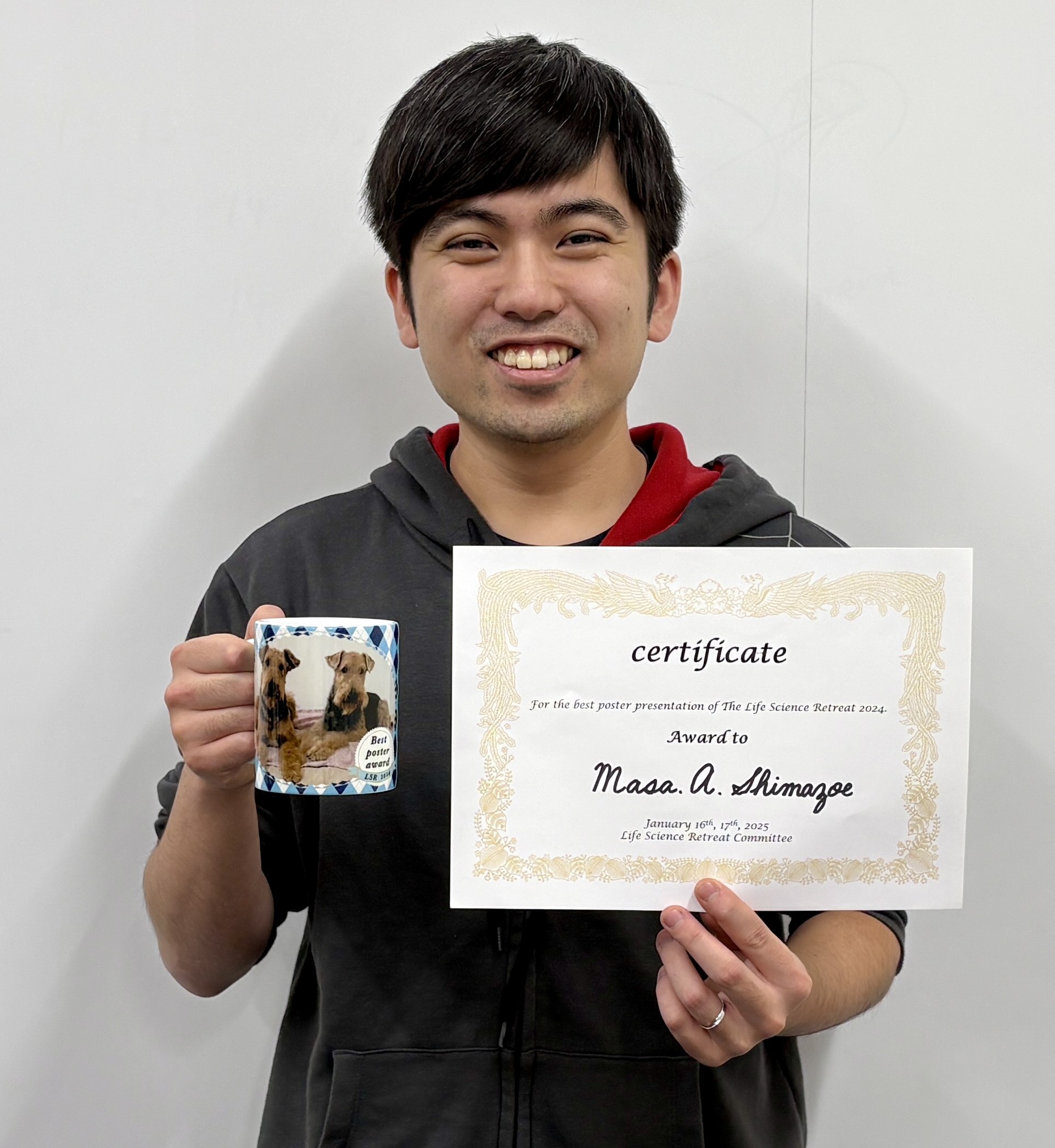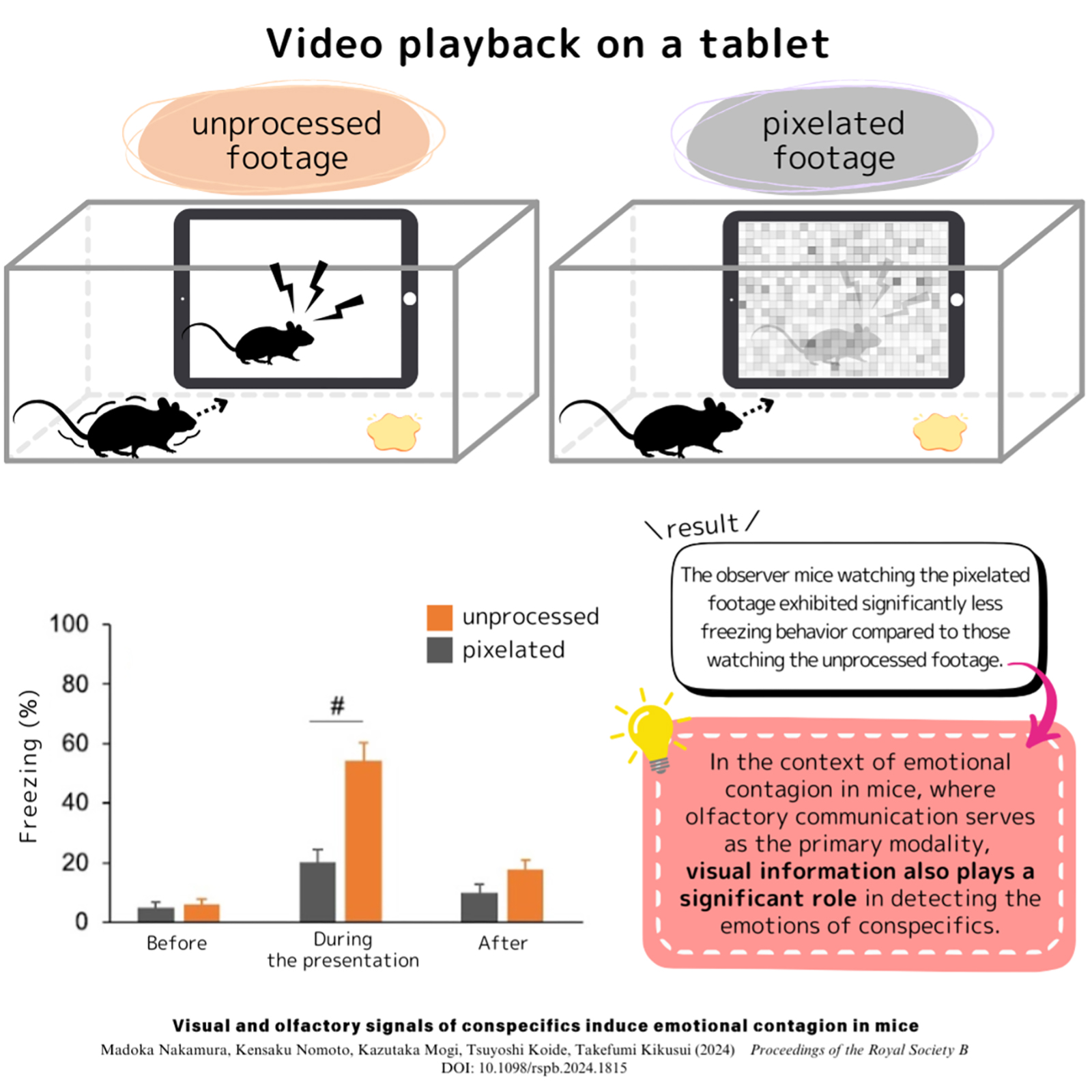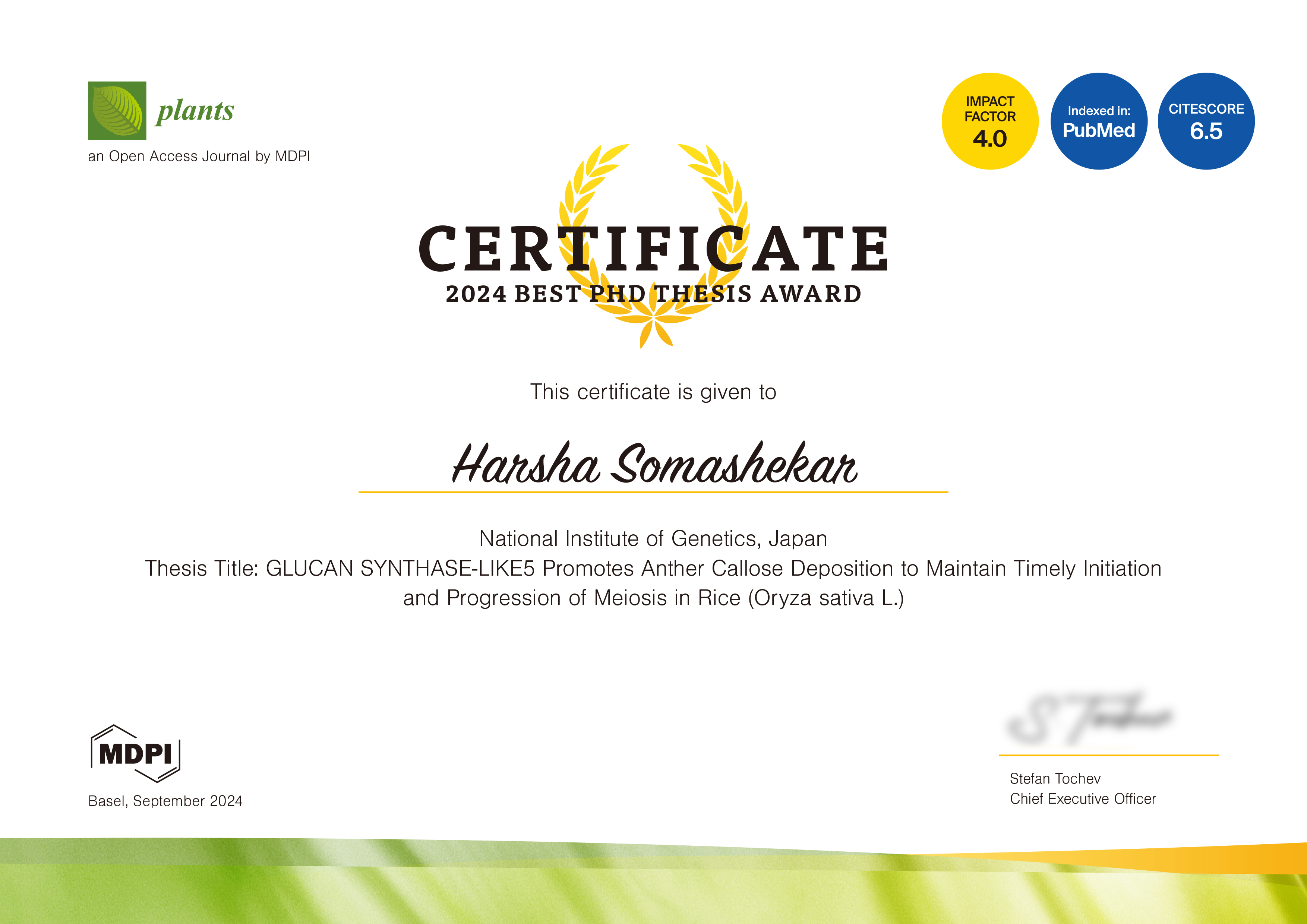Archive
- Home
- December 2025
- November 2025
- October 2025
- September 2025
- August 2025
- July 2025
- June 2025
- May 2025
- April 2025
- March 2025
- February 2025
- January 2025
- December 2024
- November 2024
- October 2024
- September 2024
- August 2024
- July 2024
- June 2024
- May 2024
- April 2024
- March 2024
- February 2024
- January 2024
- December 2023
- November 2023
- October 2023
- September 2023
- August 2023
- July 2023
- June 2023
- May 2023
- April 2023
- March 2023
- February 2023
- January 2023
- December 2022
- November 2022
- October 2022
- September 2022
- August 2022
- July 2022
- June 2022
- May 2022
- April 2022
- March 2022
- February 2022
- January 2022
- December 2021
- November 2021
- October 2021
- September 2021
- August 2021
- July 2021
- June 2021
- May 2021
- April 2021
- March 2021
- February 2021
- January 2021
- December 2020
- November 2020
- October 2020
- September 2020
- August 2020
- July 2020
- June 2020
- May 2020
- April 2020
- March 2020
- February 2020
- January 2020
- December 2019
- November 2019
- October 2019
- September 2019
- August 2019
- July 2019
- June 2019
- May 2019
- April 2019
- March 2019
- February 2019
- January 2019
- December 2018
- November 2018
- October 2018
- September 2018
- August 2018
- July 2018
- June 2018
- May 2018
- April 2018
- March 2018
- February 2018
- January 2018
- December 2017
- November 2017
- October 2017
- September 2017
- August 2017
- July 2017
- June 2017
- May 2017
- April 2017
- March 2017
- February 2017
- January 2017
- December 2016
- November 2016
- October 2016
- September 2016
- August 2016
- July 2016
- June 2016
- May 2016
- April 2016
- March 2016
- February 2016
- January 2016
- December 2015
- November 2015
- October 2015
- September 2015
- August 2015
- July 2015
- June 2015
- May 2015
- April 2015
- March 2015
- February 2015
- January 2015
- December 2014
- November 2014
- October 2014
- September 2014
- August 2014
- July 2014
- June 2014
- May 2014
- April 2014
- March 2014
- January 2014
- December 2013
- November 2013
- October 2013
- September 2013
- August 2013
- July 2013
- June 2013
- May 2013
- April 2013
- March 2013
- February 2013
- January 2013
- December 2012
- November 2012
- October 2012
- September 2012
- August 2012
- July 2012
- June 2012
- May 2012
- April 2012
- March 2012
- February 2012
- January 2012
- December 2011
- November 2011
- October 2011
- September 2011
- August 2011
- July 2011
- June 2011
- May 2011
- April 2011
- March 2011
- February 2011
- January 2011
- December 2010
- November 2010
- October 2010
- September 2010
- August 2010
- July 2010
- June 2010
- May 2010
- April 2010
- March 2010
- February 2010
- December 2009
- November 2009
- October 2009
- September 2009
- August 2009
- July 2009
- June 2009
- May 2009
- April 2009
- March 2009
- February 2009
- January 2009
- December 2008
- November 2008
- October 2008
- September 2008
- July 2008
- June 2008
- May 2008
- April 2008
- March 2008
- February 2008
- January 2008
- December 2007
- November 2007
- October 2007
- September 2007
- August 2007
- July 2007
- June 2007
- March 2007
- February 2007
- January 2007
- December 2006
- November 2006
- October 2006
- September 2006
- July 2006
- June 2006
- May 2006
- April 2006
- January 2006
- June 2005
- May 2005
- April 2005
- February 2005
- December 2004
- November 2004
- October 2004
- August 2004
- July 2004
- June 2004
- May 2004
- February 2004
- January 2004
- December 2003
- August 2003
- July 2003
- June 2003
- May 2003
- March 2003
- January 2003
- December 2002
- October 2002
- May 2002
- April 2002
- February 2002
- January 2002
- August 2001
- May 2001
- April 2001
- February 2001
- August 2000
- July 2000
Transcription near arrested DNA replication forks triggers ribosomal DNA copy number changes
Press release
Transcription near arrested DNA replication forks triggers ribosomal DNA copy number changes
Mariko Sasaki *¶ and Takehiko Kobayashi *
Nucleic Acids Research (2025) 53, gkaf014, DOI:10.1093/nar/gka
![]() Press release (In Japanese only)
Press release (In Japanese only)
DNA copy number changes via chromosomal rearrangements or the production of extrachromosomal circular DNA. Here, we demonstrate that the histone deacetylase Sir2 maintains the copy number of budding yeast ribosomal RNA gene (rDNA) by suppressing end resection of DNA double-strand breaks (DSBs) formed upon DNA replication fork arrest in the rDNA and their subsequent homologous recombination (HR)-mediated rDNA copy number changes during DSB repair. Sir2 represses transcription from the regulatory promoter E-pro located near the fork arresting site. When Sir2 is absent, this transcription is stimulated but terminated by arrested replication forks. This transcription–replication collision induces DSB formation, DSB end resection, and the Mre11-Rad50-Xrs2 complex-dependent DSB repair that is prone to chromosomal rDNA copy number changes and the production of extrachromosomal rDNA circles. Therefore, repression of transcription near arrested replication forks is critical for the maintenance of rDNA stability by directing DSB repair into the HR-independent, rearrangement-free pathway.
Dr. Harsha Somashekar won the Plants Best PhD Thesis Award
Dr. Harsha Somashekar, who graduated from Dept. Genetics of SOKENDAI and had researched at Plant Cytogenetics Lab in NIG, won Best PhD Thesis Award by Plants, an international journal of plant science.
・Thesis Title Awarded: GLUCAN SYNTHASE-LIKE5 Promotes Anther Callose Deposition to Maintain Timely Initiation and Progression of Meiosis in Rice (Oryza sativa L.)
Masa A. Shimazoe won the “Poster Award”
Masa A. Shimazoe (D3, Department of Genetics, SOKENDAI) in Genome Dynamics Laboratory received the Poster Award for poster presentation at the Life Science Retreat 2024 held in Yamanashi, Japan on January 16-17, 2025.
・Title of the presentation: Linker histone H1 functions as a liquid-like glue to organize chromatin in living human cells

Masa A. Shimazoe
In addition to “smell,” “sight” is important for emotional contagion in mice
Koide Group / Mouse Genomics Resource Laboratory
Visual and olfactory signals of conspecifics induce emotional contagion in mice
Madoka Nakamura, Kensaku Nomoto, Kazutaka Mogi, Tsuyoshi Koide*, Takefumi Kikusui*
* Co-corresponding authors
Proceedings of the Royal Society B (2024) 291: 20241815. DOI:10.1098/rspb.2024.1815
Madoka Nakamura, a master’s student at the Graduate School of Veterinary Medicine, Azabu University (currently a doctoral student at Tokyo University of Agriculture and Technology/National Center of Neurology and Psychiatry), Professor Takefumi Kikusui at the Laboratory of Human-Animal Interaction and Reciprocity, Azabu University, and Associate Professor Tsuyoshi Koide at the Mouse Genomics Resource Laboratory, National Institute of Genetics, and colleagues have used a wild Japanese mouse strain (MSM/Ms) and revealed that not only olfactory but also visual information is essential for the function of “emotional contagion,” which is the detection of emotions in others.
Emotional contagion is the transmission of one individual’s emotions to another. This is considered to be the most core phenomenon of empathy, and has been observed not only in humans but also in many other animal species, including mice and dogs.
Mice are believed to communicate primarily through their sense of smell and use smell to exchange information, but it was not clear what cues they use to catch the emotional information of others in emotional contagion.
In this study, we used a tablet (iPad) to present a two-dimensional image to mice, which showed an unknown mouse in pain after receiving an electric shock. In addition to the 2-D video, when the mice were shown the urine of a shocked individual in another room, they exhibited significantly higher freezing behavior (a type of fear response in mice), even though they themselves were not shocked.
Furthermore, when mosaic processing was applied to the images, the occurrence of the freezing behavior was significantly weaker than when the mice were exposed to normal images without mosaic processing. This indicates that visual information as well as olfactory information is important for emotional contagion in mice. On the other hand, the importance of auditory information was not significantly affected by the absence of sound from the tablet, as the results did not differ from those obtained under the condition of sound.
This work was supported by the JSPS Grant-in-Aid for Scientific Research (no. 25118007) from the Japan Society for the Promotion of Science and JSPS, and by the Institute of Genetics, Publicly Invited Collaborative Research/NIG-JOINT (84A2014, 33A2015, 35A2016).
The results of this research were published in the online edition of the international scientific journal Proceedings of the Royal Society B on December 11, 2024.

















